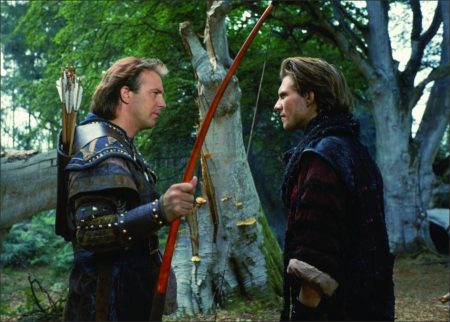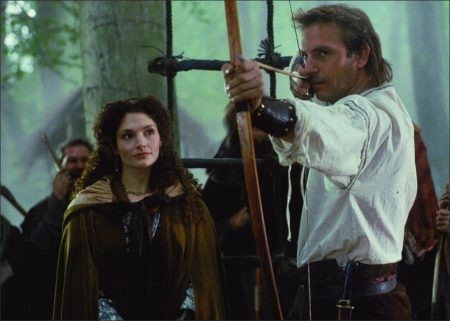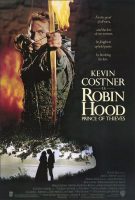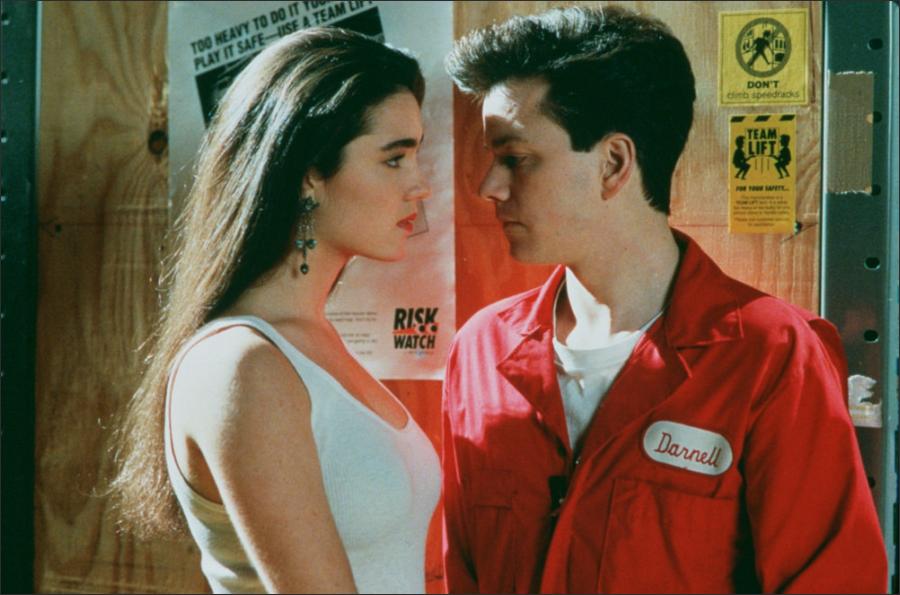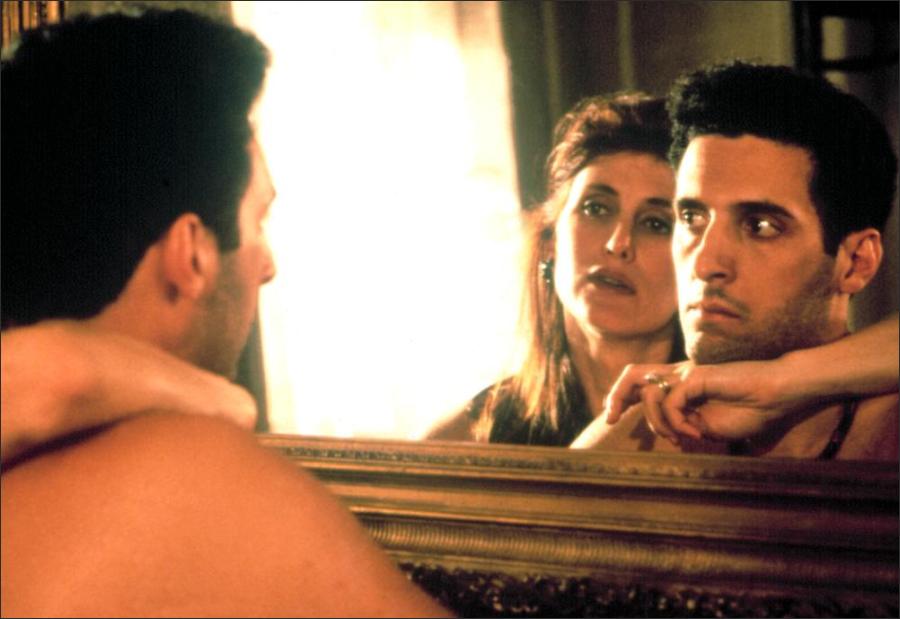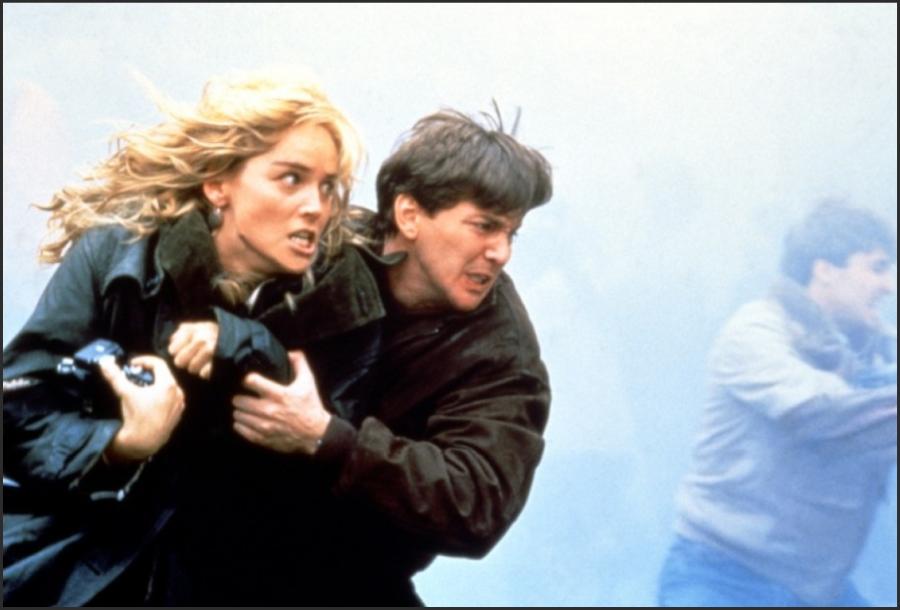Taglines: Sometimes the only way to uphold justice…is to break the law.
Robin Hood: Prince of Thieves movie storyline. After being captured by Turks during the Crusades, Robin of Locksley and a Moor, Azeem, escape back to England, where Azeem vows to remain until he repays Robin for saving his life. Meanwhile, Robin’s father, a nobleman loyal to King Richard the Lionhearted, has been murdered by the brutal Sheriff of Nottingham, who helped install Richard’s treacherous brother, Prince John, as king while Richard is overseas fighting the Crusades.
When Robin returns home, he vows to avenge his father’s death and restore Richard to the throne. Even though Maid Marian, his childhood friend, cannot help him, he escapes to the Forest of Sherwood where he joins a band of exiled villagers and becomes their leader. With their help he attempts to cleanse the land of the evil that the Sheriff has spread.
Film Review for Robin Hood: Prince of Thieves
IF you let a bunch of unskilled carpenters loose in Sherwood Forest, don’t be surprised if you wind up with a load of kindling. That’s about the only coherent response to Kevin Reynolds’s “Robin Hood: Prince of Thieves,” starring Kevin Costner as that once merry man Robin of Locksley, a k a Robin Hood. The movie is a mess, a big, long, joyless reconstruction of the Robin Hood legend that comes out firmly for civil rights, feminism, religious freedom and economic opportunity for all.
The screenplay was written by Pen Densham and John Watson, who also are two of the film’s producers, but it sounds as if it had come from the enlightened quill of the character played by Mr. Costner in “Dances With Wolves.”
It’s a measure of how muddled the movie is that the only two entertaining characters are subsidiary: Robin’s beloved Marian, a beautiful, intelligent strong-willed woman, played by Mary Elizabeth Mastrantonio, and the screenwriters’ own invention, Azeem, a Moor, played by Morgan Freeman with a wit and humor that are otherwise not to be found in the film.
Mr. Costner and his associates seem to have approached their subject without a clear idea about the kind of movie they wanted to make. In the production notes, there are jokey references to the classic 1938 version and to the fact that Mr. Costner refused to wear the sort of green tights sported by Errol Flynn’s Robin Hood.
It takes chutzpah to look down upon your betters. Though the new “Robin Hood” observes all of the classic confrontations that keep the tale alive, the film winds up as a mixture of listless adventure, wispy comedy and what is meant to pass for social realism.
It begins in 12th-century Jerusalem where Robin, a Crusader, is a prisoner in some grungy infidel dungeon. From the looks of the fright wig Robin is wearing, he’s been there 50 years, though, when he escapes, it turns out he’s still a comparatively young man.
Having helped Azeem to escape, too, Robin cannot get rid of the faithful fellow, who follows him back to England where, as the Monty Python people might say, the serfs are revolting. King Richard is away and disorder reigns. Robin’s free-thinking dad (he called the Crusades “a foolish quest”) is dead, killed by the evil Guy of Gisborne (Michael Wincott). The family castle has been looted and burned, the lands appropriated by the even more evil Sheriff of Nottingham (Alan Rickman).
Robin seeks sanctuary in Sherwood Forest, where he soon takes command of the band that has gathered around Little John (Nick Brimble) and Will Scarlett (Christian Slater). It is just one of the film’s oddities that when Robin and Little John have their initial encounter on the bridge, Mr. Costner’s Robin seems a good 20 pounds heavier than he does that same evening.
With or without the extra weight, Mr. Costner is the film’s big problem. He plays Robin as if the character were a movie star being gracious to his fans. He is polite, but he doesn’t exert himself. There’s nothing wrong with his accent, which sounds plain American most of the time, only with his attitude.
This Robin Hood gives the impression of being lethargic and dull. Sometimes he may be under-acting. At other times, he seems to be doing nothing at all. In one of the times Robin attempts to be swashbuckling, by swinging on a Sherwood Forest vine, there is no sense of thrill or dash, only the vague fear that he might fall and hurt himself. Because Mr. Costner appears to be having so little fun, the audience is allowed to grow impatient, too.
Also getting in the way of the entertainment are the movie’s attempts to be relevant, as in Robin’s little speech on behalf of Azeem’s right to be treated like other men, or his defense of Marian’s maid Fanny (Soo Druet), who asks to bear arms against the Sheriff of Nottingham. There’s nothing wrong with the sentiments but, in Sherwood Forest, they look as anachronistic as Coke cans.
Even the film’s politics are inconsistent. Robin’s final triumph over the Sheriff of Nottingham, when the outlaws sneak into town to disrupt a hanging and stop the sheriff’s marriage to Marian, is made possible only by the use of gunpowder, whose mysteries have been revealed by Azeem.
Though gunpowder, which suddenly renders the bow and arrow obsolete, is celebrated as a great step forward, it seems unlikely that the same movie makers would be equally upbeat about the introduction of a nuclear bomb. If “Robin Hood” were better, such a thought would never arise, but this film prompts such speculation.
The movie’s dour production design is also a downer. The dominant colors are brown, black, olive, mouse-gray, which may serve realism but not the spirit of the fable. This “Robin Hood” has a dreary and haunted look.
As much as Mr. Costner underplays Robin, Mr. Rickman overplays the Sheriff of Nottingham, with results that are similarly unfortunate. He isn’t funny, just an actor who is desperate to create a little screen life. Instead, he seems to be acting in another movie entirely.
The screenplay features two surprises. One is a Freudian reading of the character of Will Scarlett, and the other the appearance at the end of an unbilled star, whose well-known manner simply underscores everything that the film has been unable to achieve until that moment. It’s a terrible mistake.
Note to those who care: The 1938 “Robin Hood,” shot in gorgeous Technicolor, opens June 24 at the Biograph on a double bill with Richard Lester’s “Robin and Marian” (1976), in which Sean Connery and Audrey Hepburn play the spirited lovers in their twilight years.
Robin Hood: Prince of Thieves (1991)
Directed by: Kevin Reynolds
Starring: Kevin Costner, Morgan Freeman, Christian Slater, Mary Elizabeth Mastrantonio, Alan Rickman, Geraldine McEwan, Michael McShane, Brian Blessed
Screenplay by: Pen Densham, John Watson
Production Design by: John Graysmark
Cinematography by: Douglas Milsome
Film Editing by: Peter Boyle
Costume Design by: John Bloomfield
Set Decoration by: Peter Young
Art Direction by: Fred Carter
Music by: Michael Kamen
Distributed by: Warner Bros. Pictures
Release Date: June 14, 1991
Views: 197
